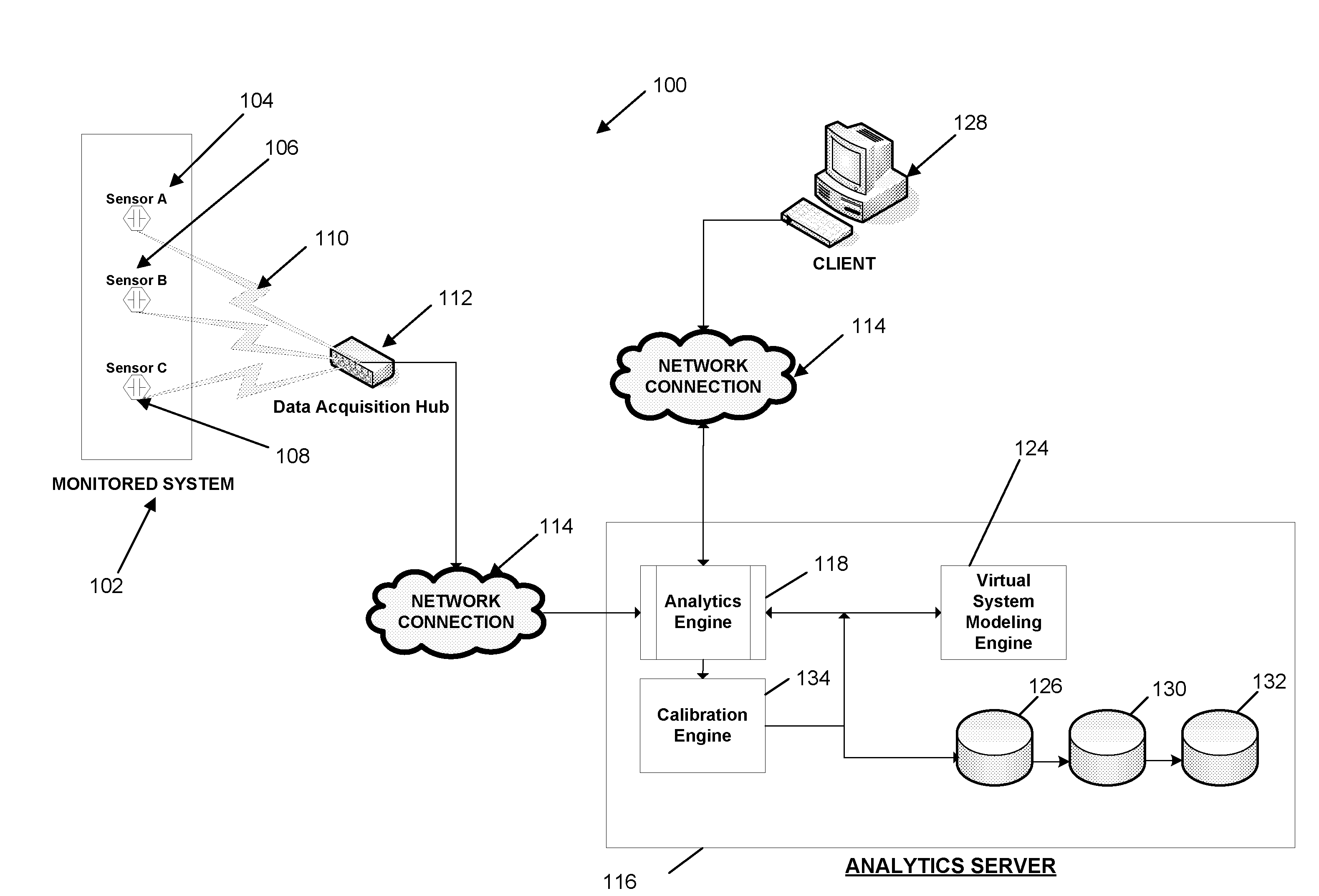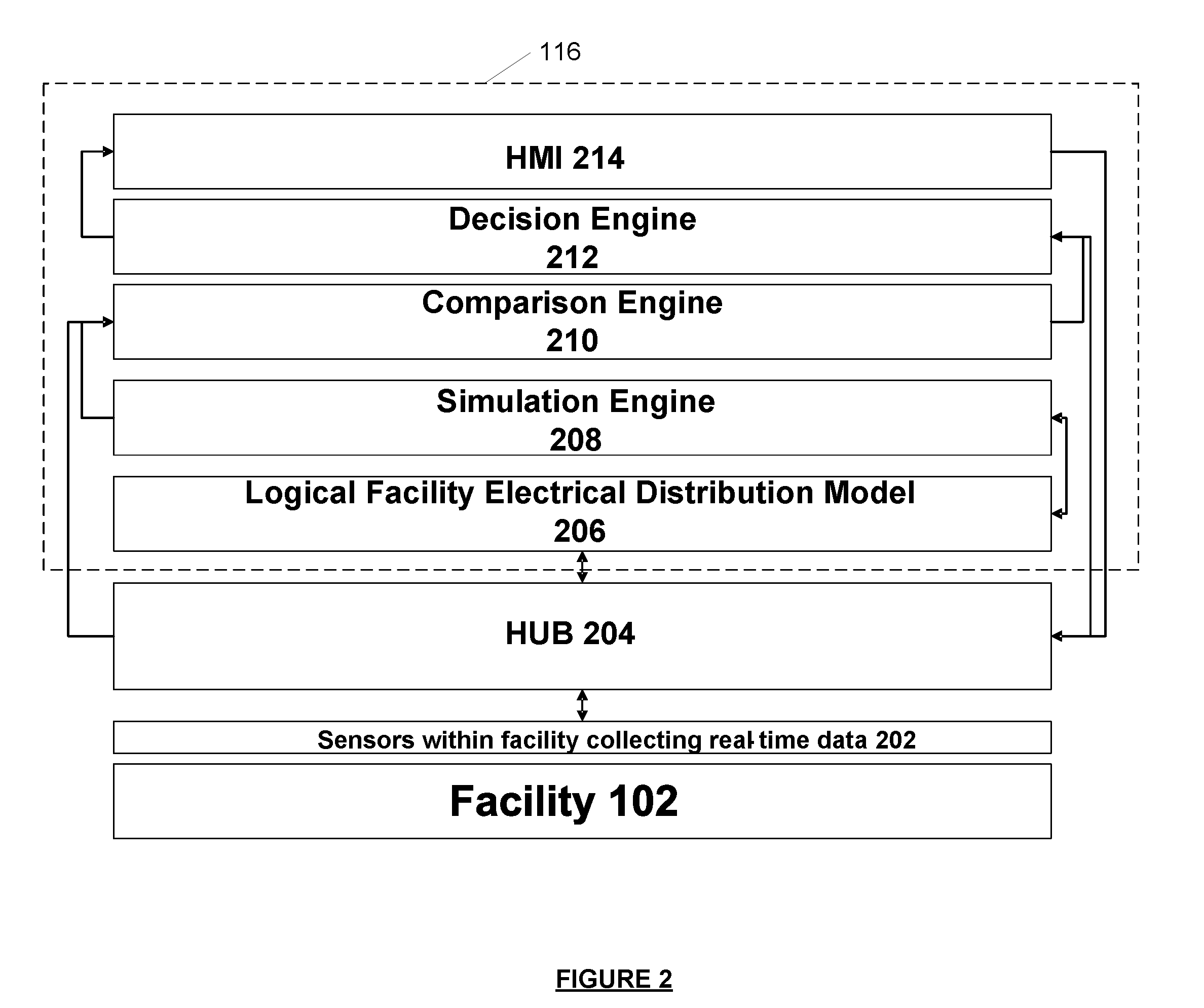Systems and methods for providing real-time predictions of arc flash incident energy, arc flash protection boundary, and required personal protective equipment (PPE) levels to comply with workplace safety standards
a technology of real-time prediction and arc flash, applied in the field of computer simulation techniques with real-time system monitoring and prediction of electrical system performance, can solve problems such as inability to apply real-time techniques, inability to reduce development costs and superior operation, and inability to meet the requirements of workplace safety standards
- Summary
- Abstract
- Description
- Claims
- Application Information
AI Technical Summary
Benefits of technology
Problems solved by technology
Method used
Image
Examples
Embodiment Construction
.”
BRIEF DESCRIPTION OF THE DRAWINGS
[0018]For a more complete understanding of the principles disclosed herein, and the advantages thereof, reference is now made to the following descriptions taken in conjunction with the accompanying drawings, in which:
[0019]FIG. 1 is an illustration of a system for utilizing real-time data for predictive analysis of the performance of a monitored system, in accordance with one embodiment.
[0020]FIG. 2 is a diagram illustrating a detailed view of an analytics server included in the system of FIG. 1.
[0021]FIG. 3 is a diagram illustrating how the system of FIG. 1 operates to synchronize the operating parameters between a physical facility and a virtual system model of the facility.
[0022]FIG. 4 is an illustration of the scalability of a system for utilizing real-time data for predictive analysis of the performance of a monitored system, in accordance with one embodiment.
[0023]FIG. 5 is a block diagram that shows the configuration details of the system i...
PUM
 Login to View More
Login to View More Abstract
Description
Claims
Application Information
 Login to View More
Login to View More - R&D
- Intellectual Property
- Life Sciences
- Materials
- Tech Scout
- Unparalleled Data Quality
- Higher Quality Content
- 60% Fewer Hallucinations
Browse by: Latest US Patents, China's latest patents, Technical Efficacy Thesaurus, Application Domain, Technology Topic, Popular Technical Reports.
© 2025 PatSnap. All rights reserved.Legal|Privacy policy|Modern Slavery Act Transparency Statement|Sitemap|About US| Contact US: help@patsnap.com



